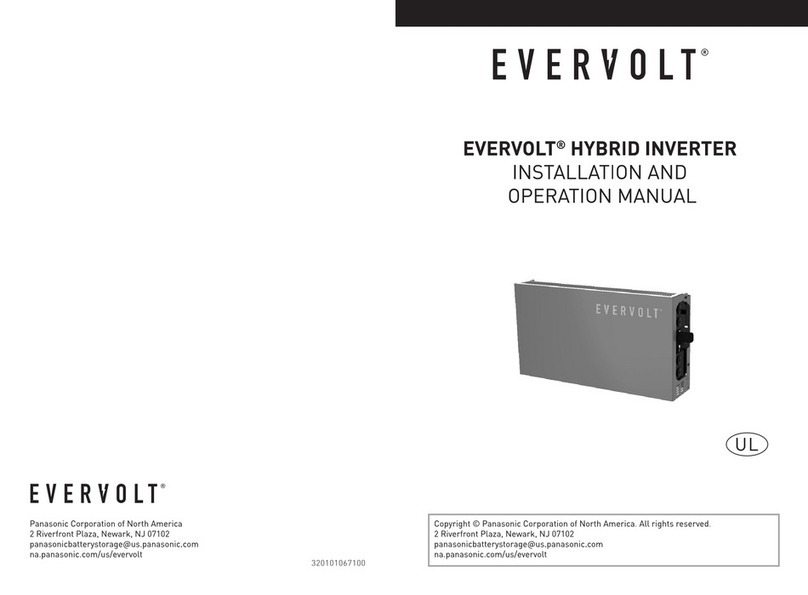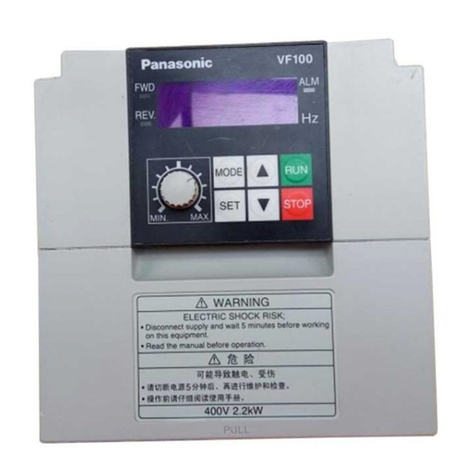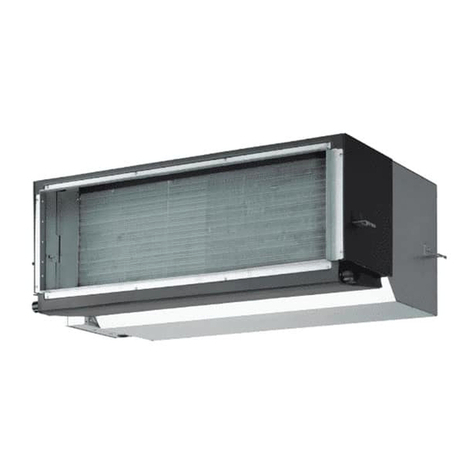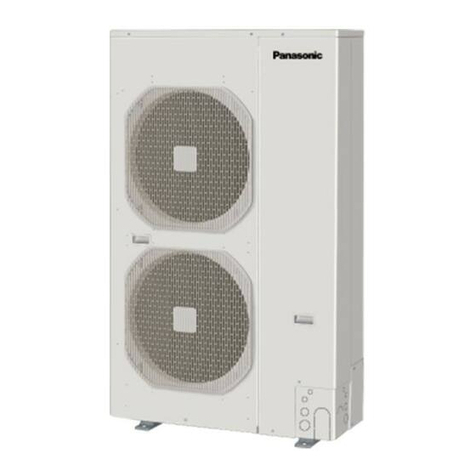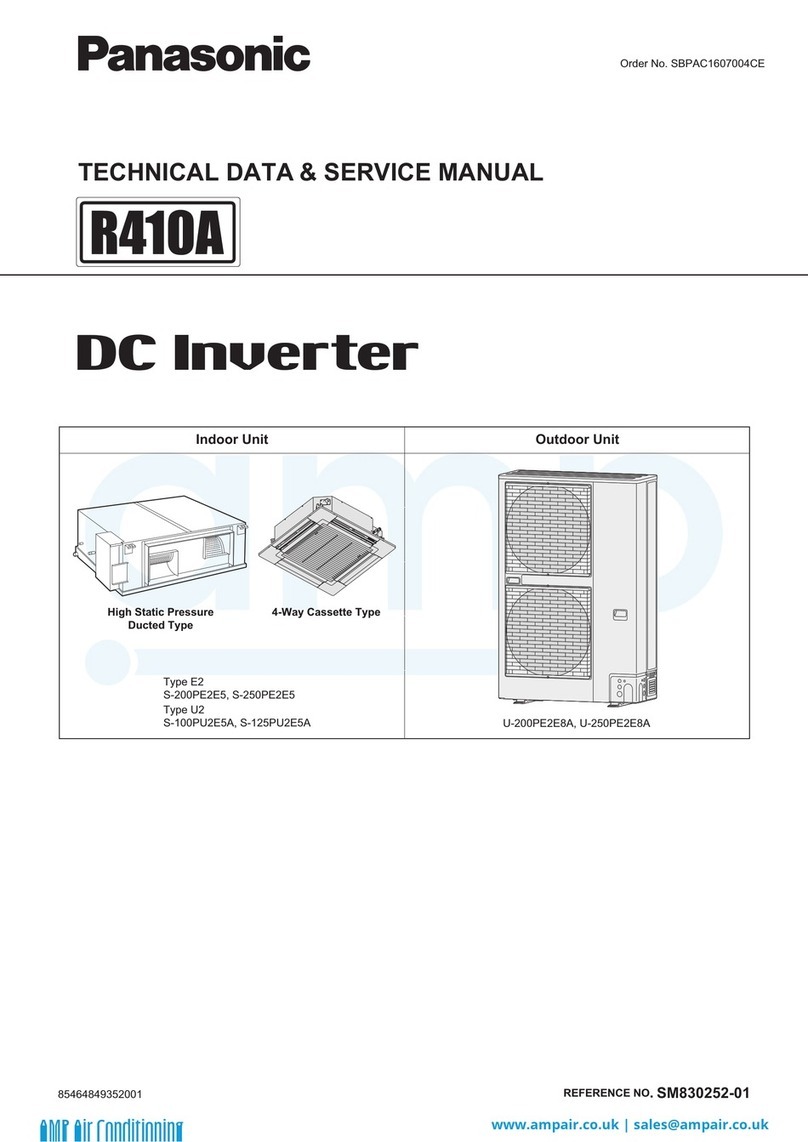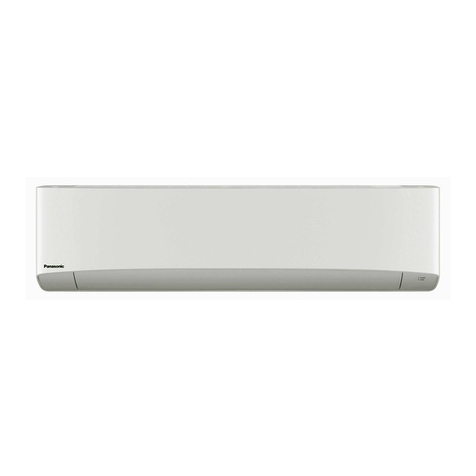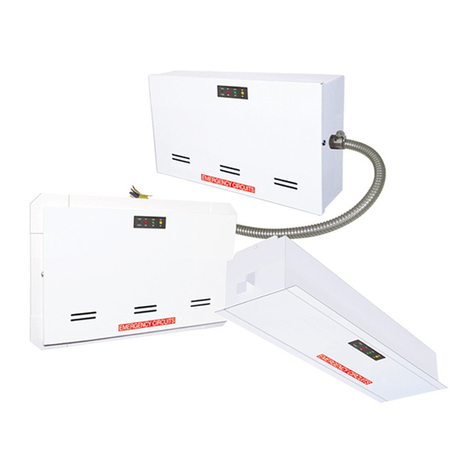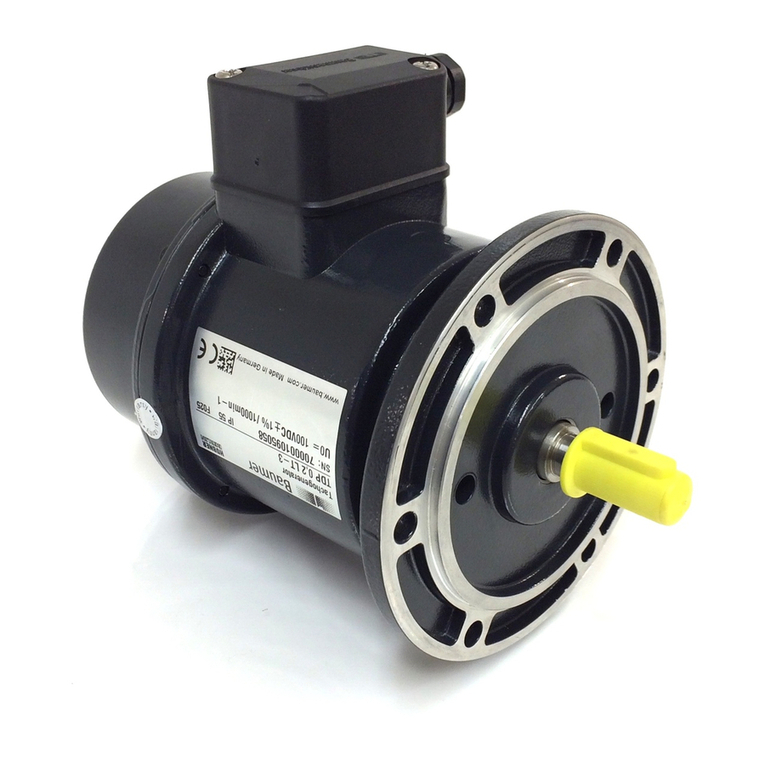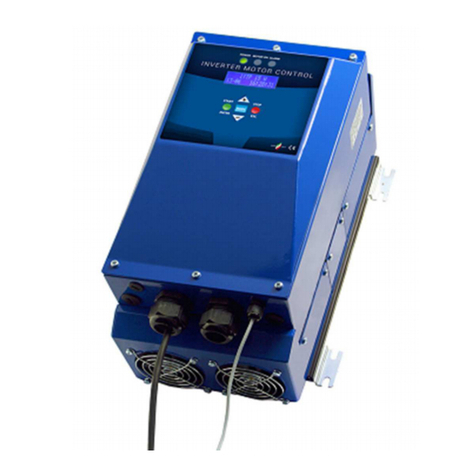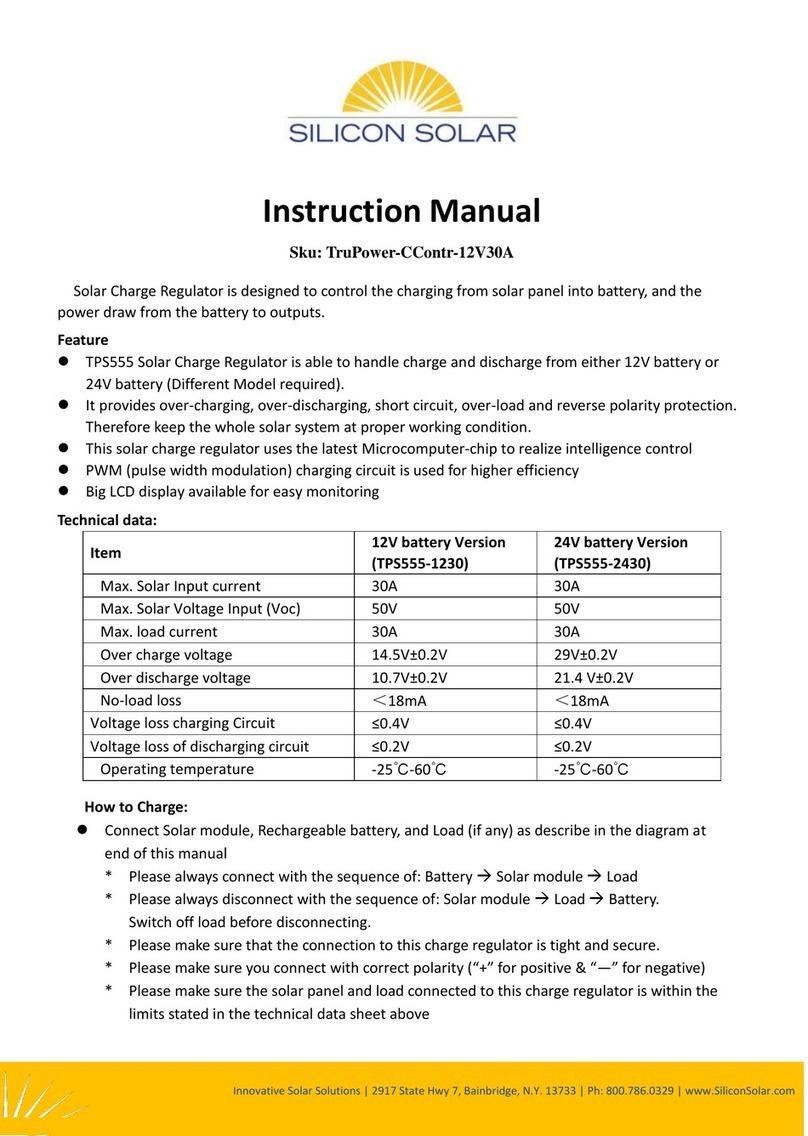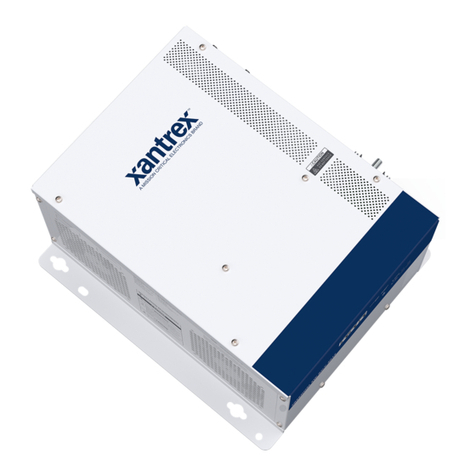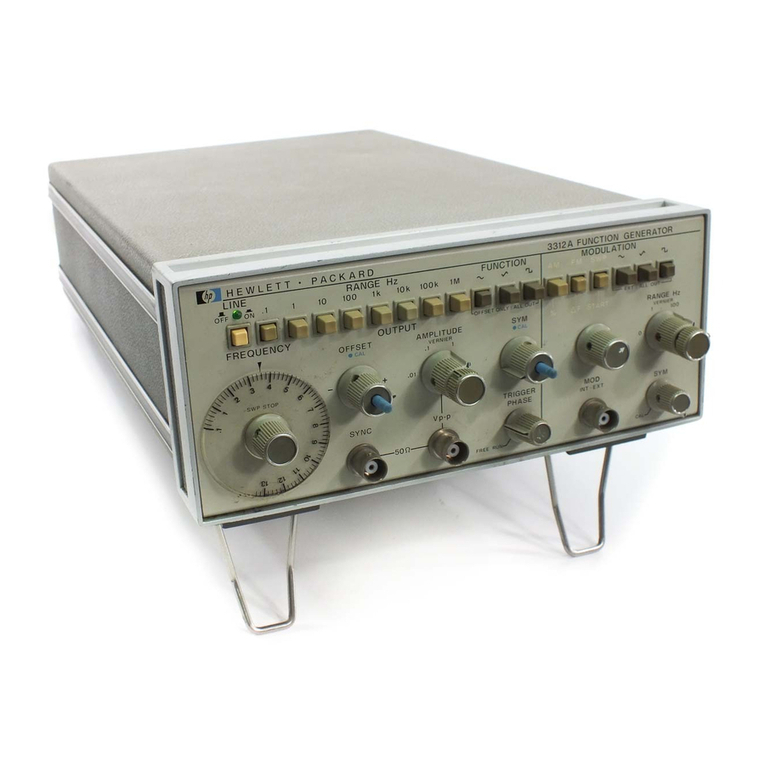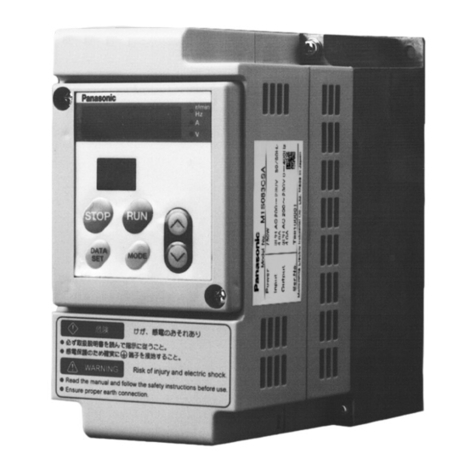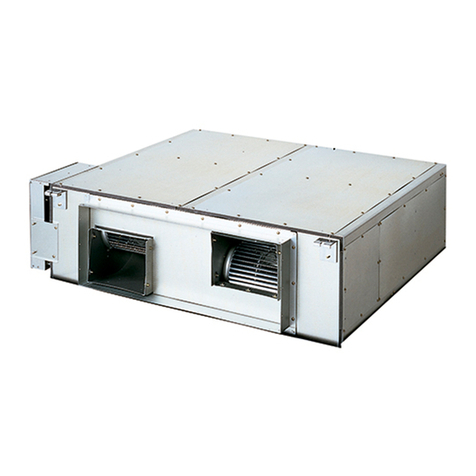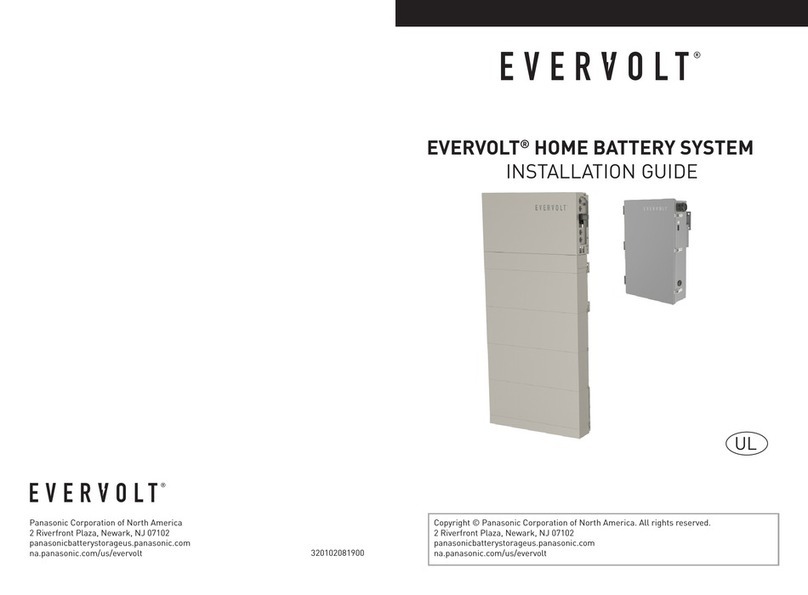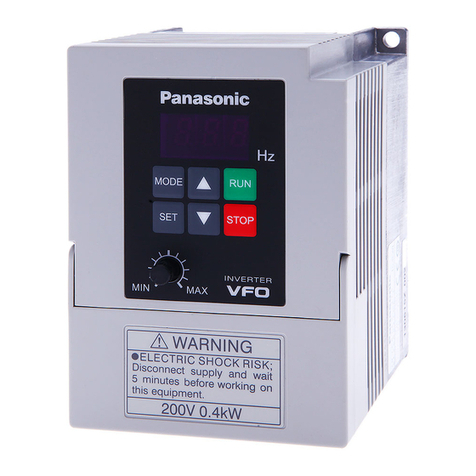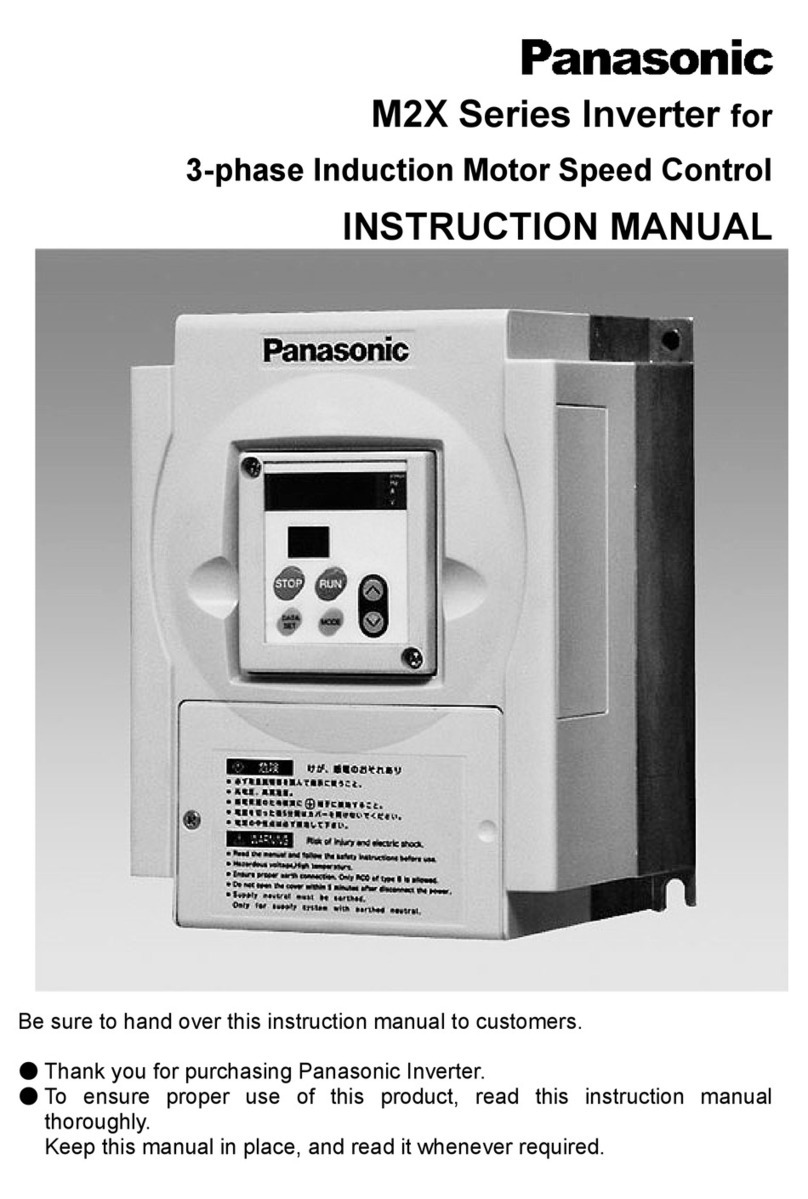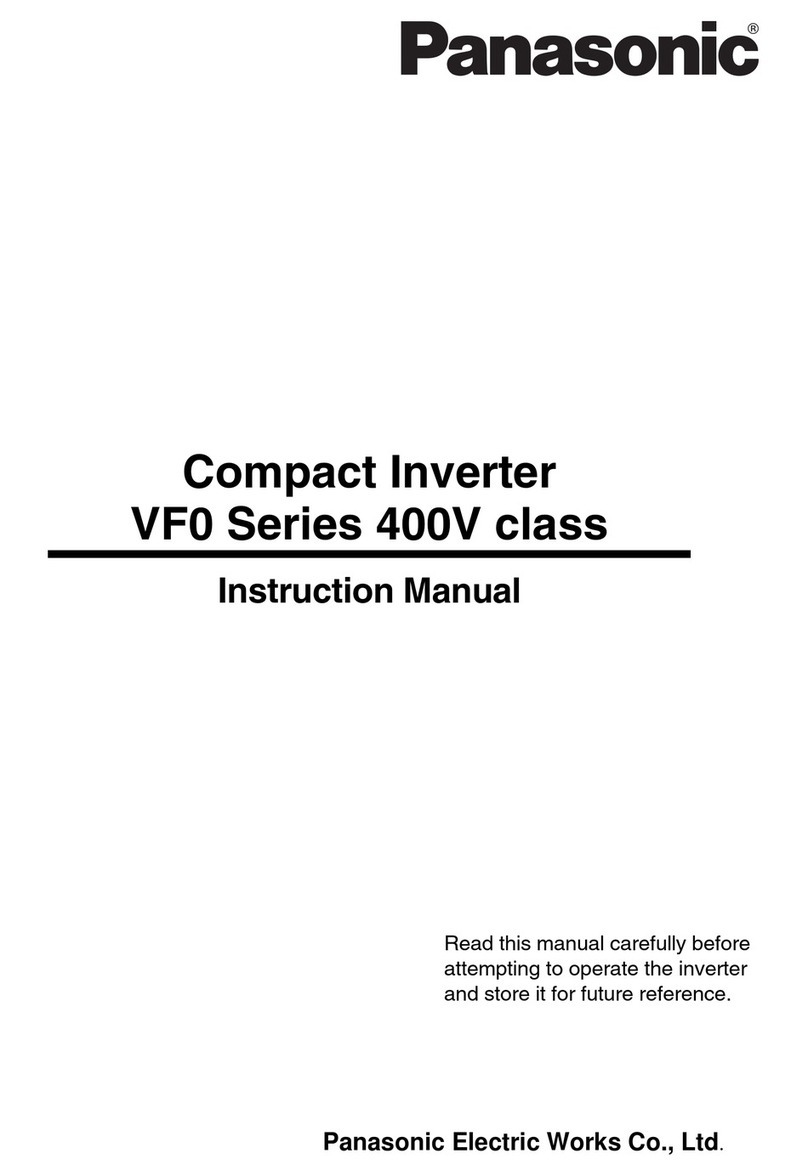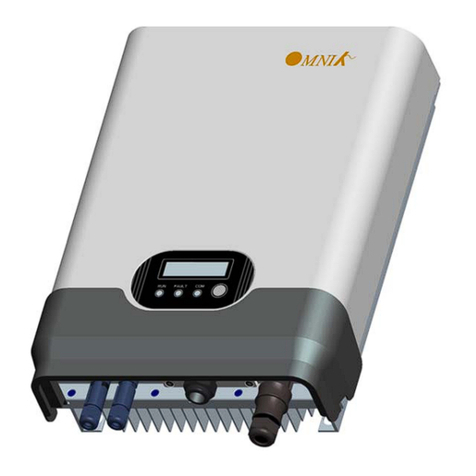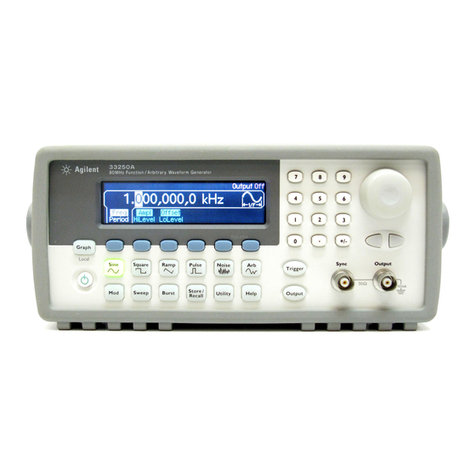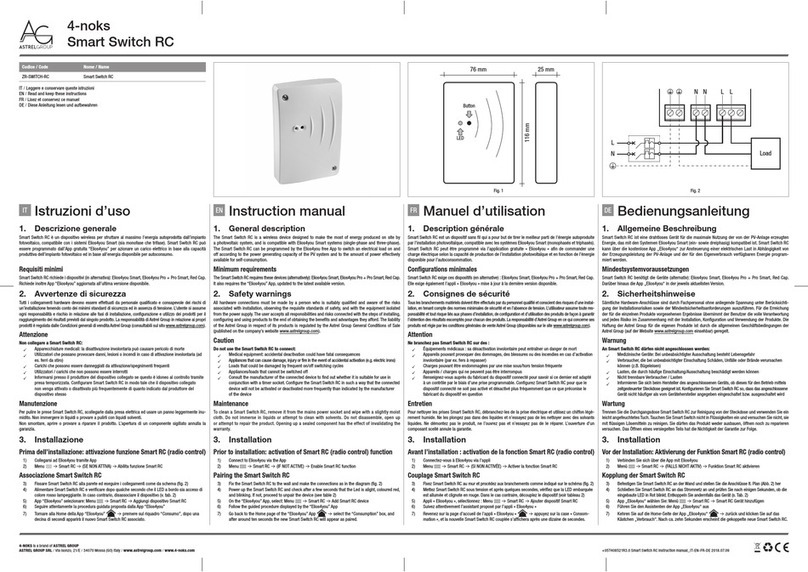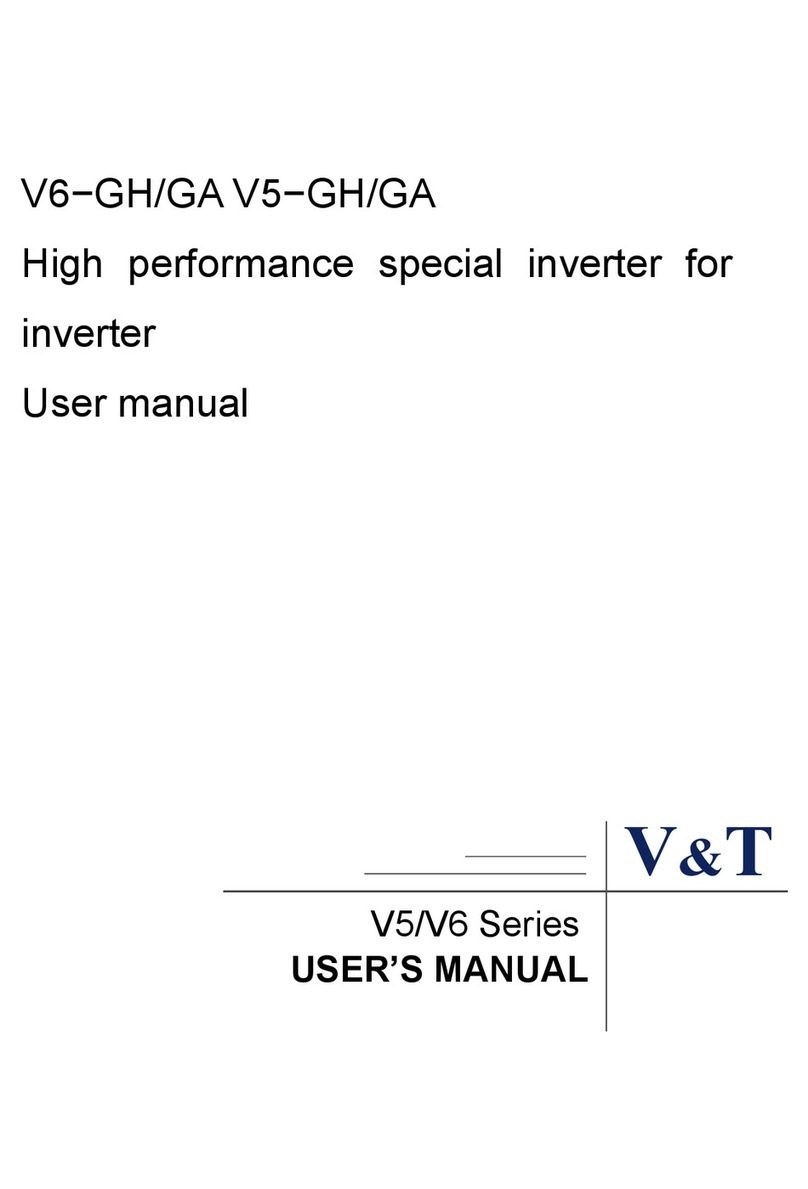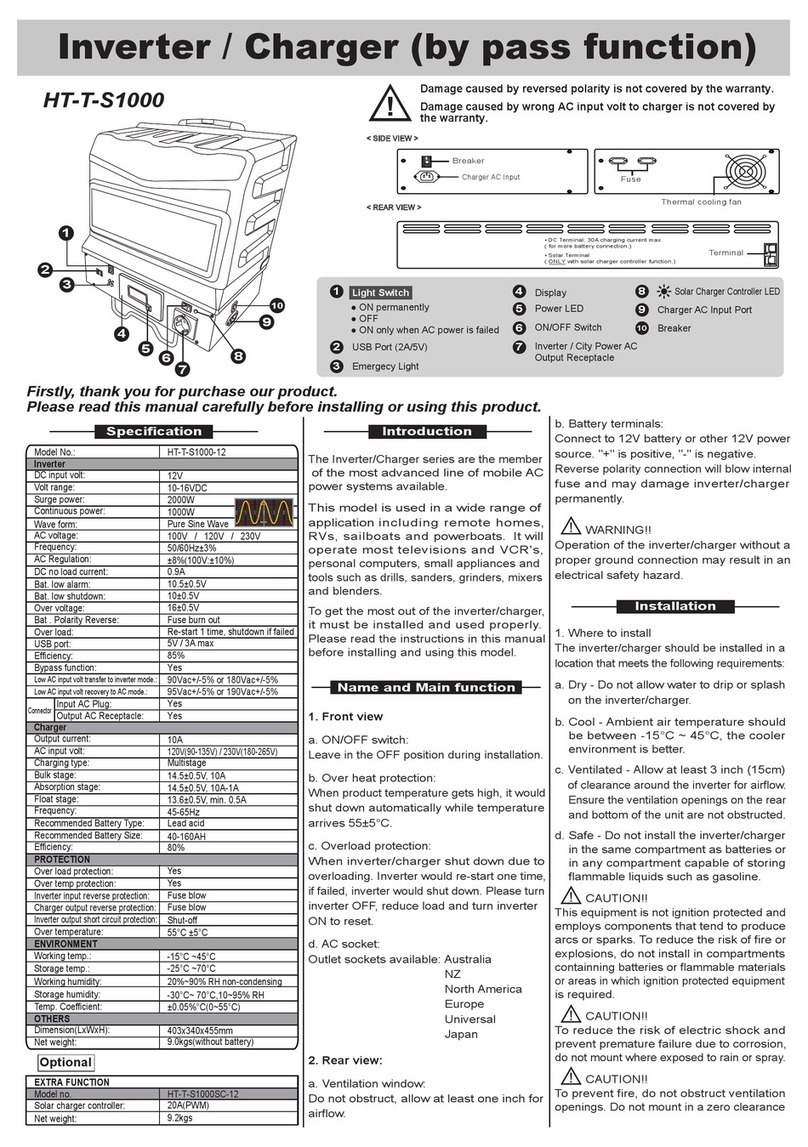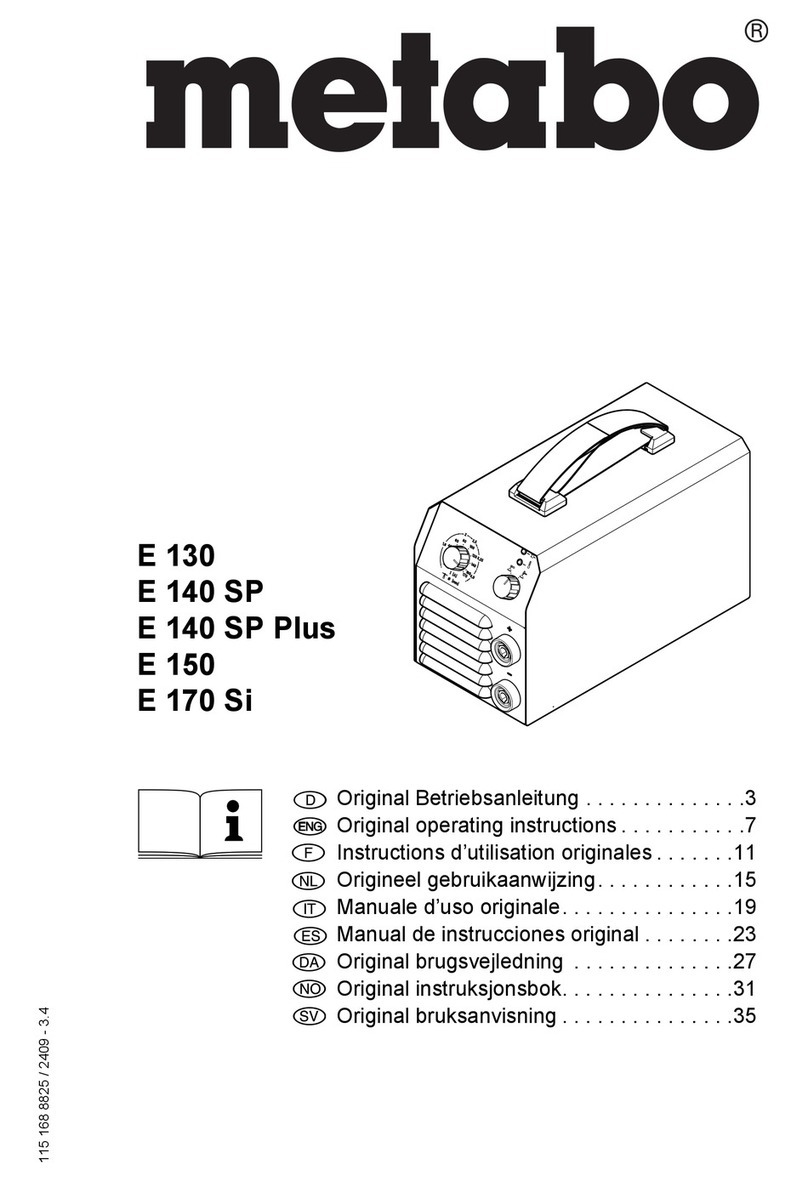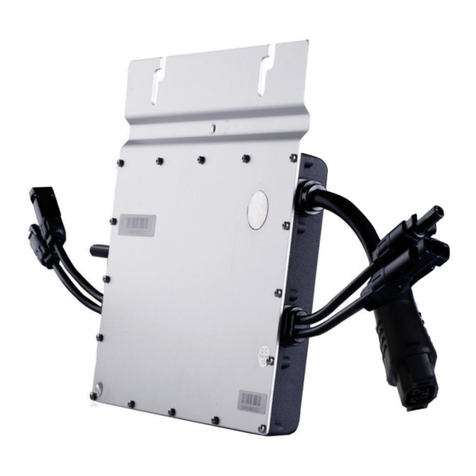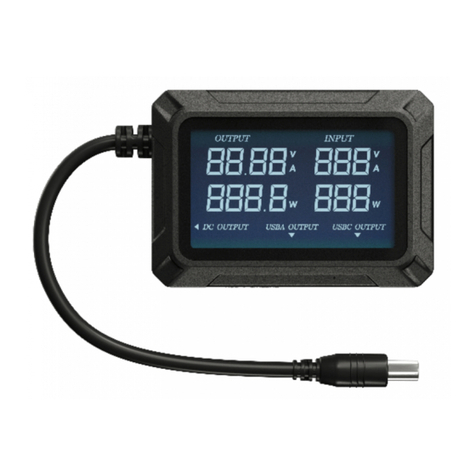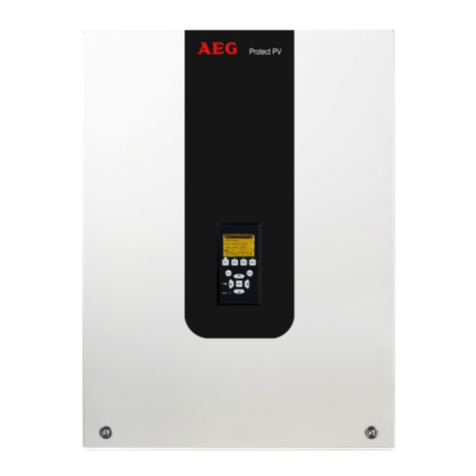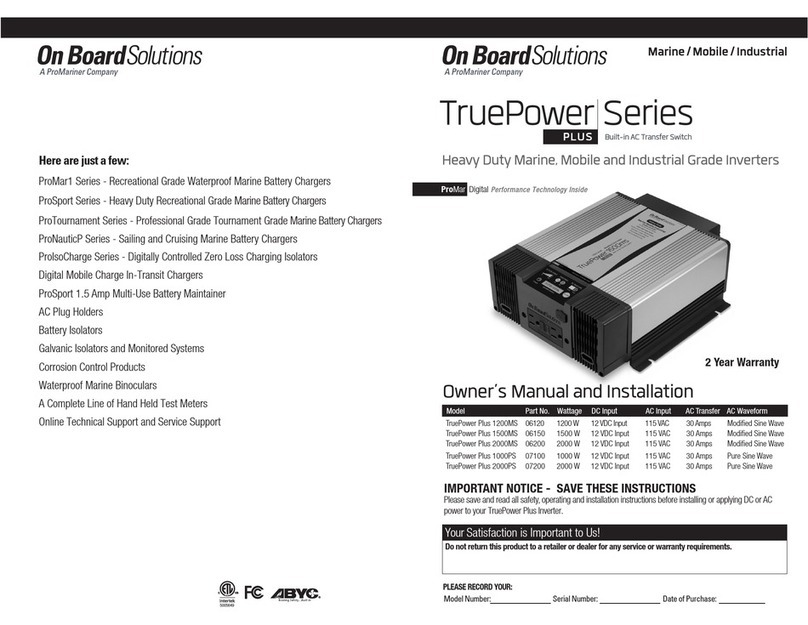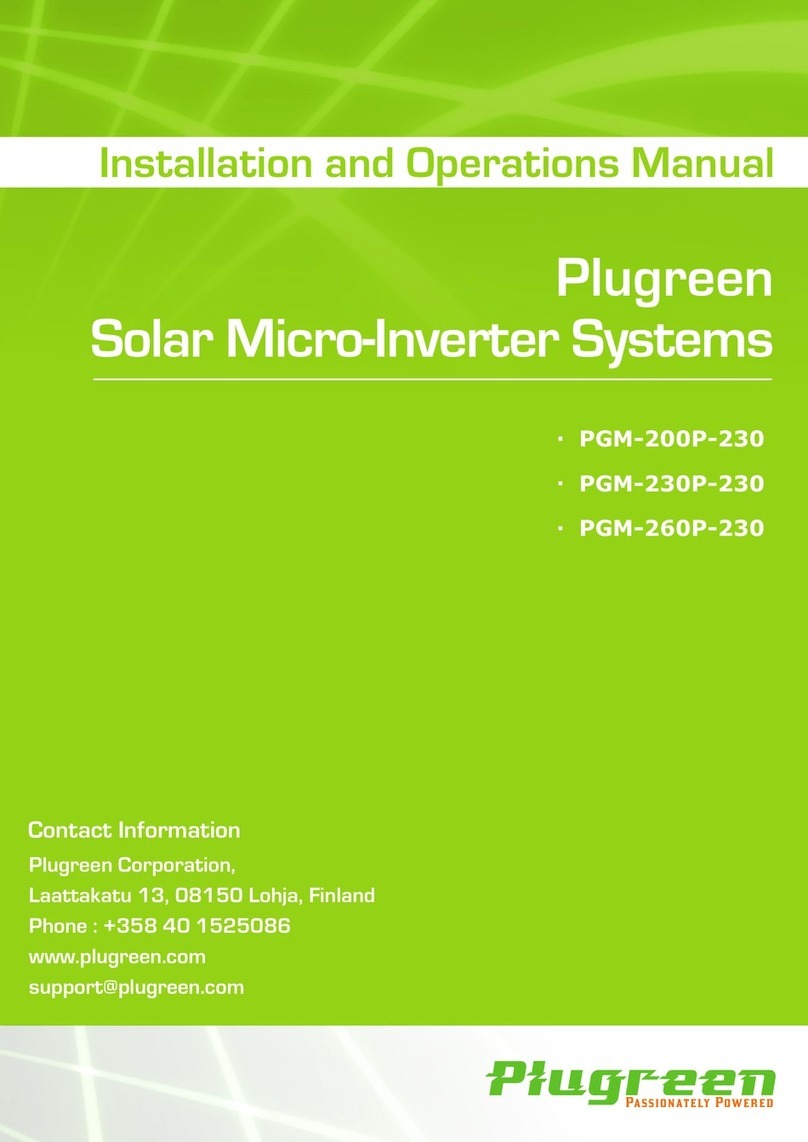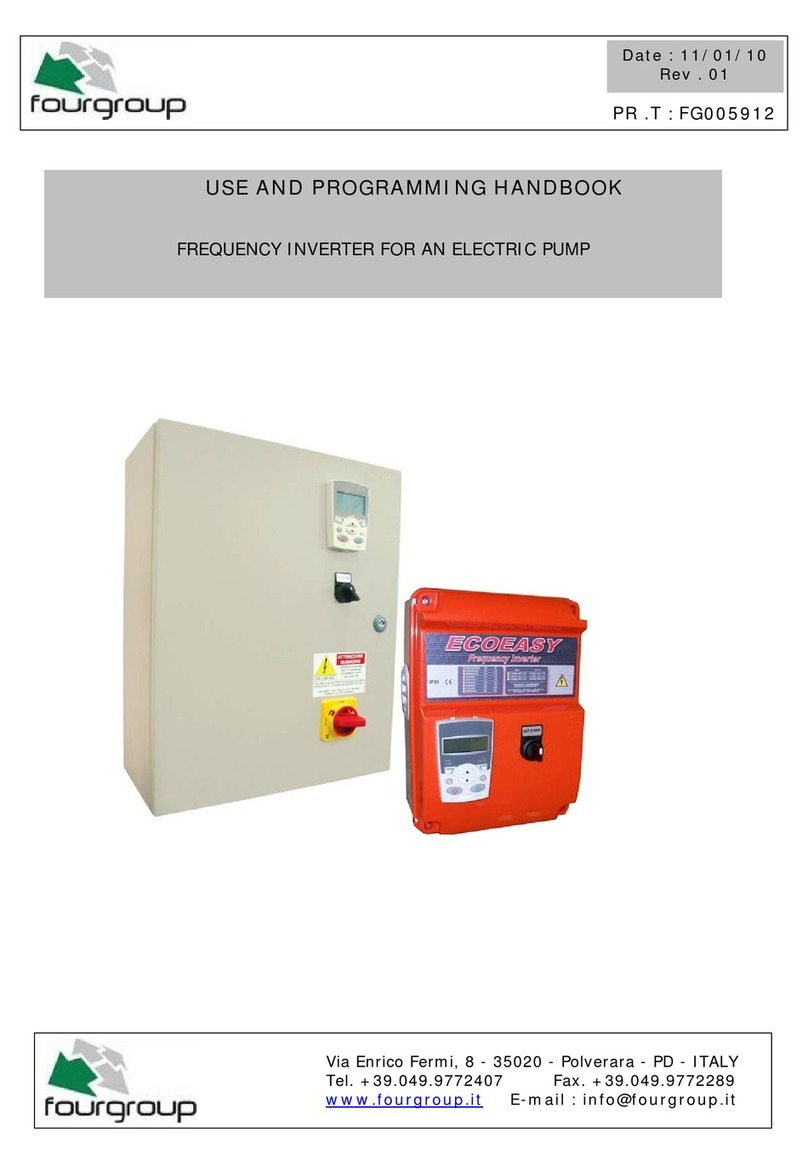
PACD011001G2 / PACD011004G3
Urban Multi Inverter “MX1” Series 1
Urban Multi
Inverter “MX1” Series
1. General ...................................................................................................3
1.1 What is “Urban Multi Series”? ..................................................................3
1.2 The Installation is of Vital Importance ......................................................5
2. Points to Bear in Mind at the System Design..........................................6
2.1 Points Relating to the Performance of the Air Conditioning Units............6
2.2 Striking a Balance between System Installation and
General Construction Work (Comprehensive Flow Chart).......................7
2.3 Points to Bear in Mind when Preparing the Contract Drawings ...............8
3. Installation 1..........................................................................................11
3.1 Step by Step Installation Procedure.......................................................11
3.2 Work Involved in Individual Operations
and Points to be Borne in Mind..............................................................12
4. Installation 2..........................................................................................57
4.1 Field Settings..........................................................................................57
4.2 Setting Modes ........................................................................................59
5. Caution for Refrigerant Leaks...............................................................67
5.1 Caution for Refrigerant Leaks ................................................................67
6. Hand Over to Customer........................................................................70
6.1 Operational Steps...................................................................................70
7. Bad Examples and Good Examples in Installation ...............................71
7.1 Example 1: Signal interference due to use of multiple core cable
(all model)...............................................................................................71
7.2 Example 2: Mismatch between cables connecting indoor and
outdoor units and corresponding piping. (all model) ..............................72
7.3 Example 3: Drain pipe trap shape defective...........................................73
7.4 Example 4: Pressure down despite absence of leaks
during air tight test (all model)................................................................74
7.5 Example 5: Excessive noise due to
incorrect angling of Line branch pipes....................................................75
7.6 Example 6: Cracks develop in field pipes due to
thermal expansion and contraction ........................................................76
7.7 Example 7: Transmission wiring between the cool/heat selector and
the outdoor unit is too close to a high voltage wire. ...............................77
7.8 Example 8: The centralized control group number cannot be set
(MX1 Series). .........................................................................................78
7.9 Example 9: “88” cannot be cleared
from the central remote controller. .........................................................79
8. Appendix (Check Points in Installing UM Series)..................................80
8.1 Operating Noise of Indoor Units.............................................................80
8.2 Procedures for Rigging Refrigerant Piping.............................................83
8.3 Piping System Diagrams and Refrigerant Piping Work
for the Inverter MX1 Series ....................................................................87
8.4 Locating Outdoor Units...........................................................................92
8.5 Precaution in Control Wiring Work.........................................................94
